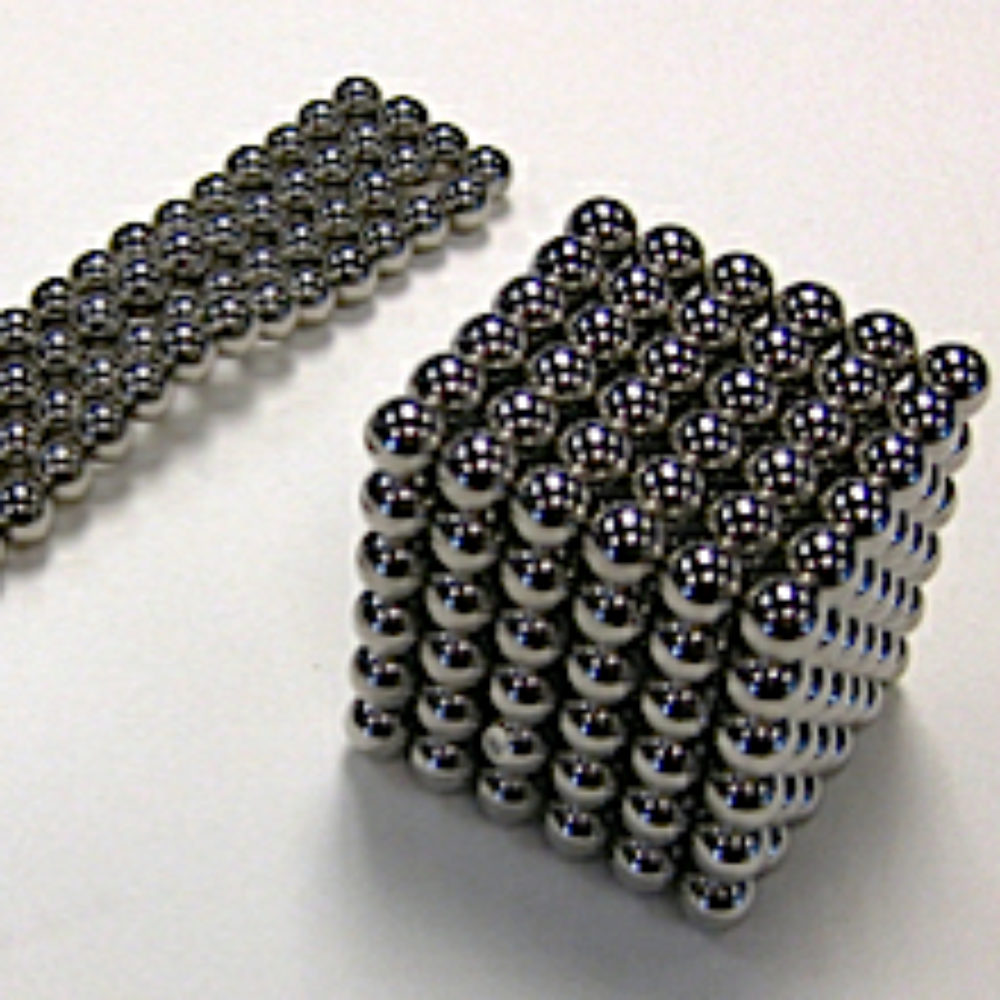Toy Magnetic Ball Injury Risk Should Result in Ban from U.S.: Experts

A recent panel of experts was convened to review the dangers of small toy magnetic balls, and many have called for a complete ban on the office desk toys due to the serious risks they pose for children.
The U.S. Consumer Product Safety Commission (CPSC) held a hearing on October 22 to review toy magnet set safety standards, as the organization considers a new rule that would ban some of them from the U.S.
A number of medical experts testified at the hearing, but the founder of one of the most successful brands complained that the industry had not been notified of the event.

Did You Know?
Millions of Philips CPAP Machines Recalled
Philips DreamStation, CPAP and BiPAP machines sold in recent years may pose a risk of cancer, lung damage and other injuries.
Learn MoreThe public hearing came after years of the CPSC battling to get better label warnings on the toy magnet sets, and, when that appeared to fail at preventing injuries, fighting to have them removed from the market entirely.
The CPSC was forced to file rare administrative complaints against a number of manufacturers in July 2012, seeking to force the recall of BuckyBalls and Zen Magnets.
The proposed rule (PDF) would prohibit toy magnet sets that have more than one magnet that fits within the CPSC’s small parts cylinder, used for determining whether a part is small enough to be swallowed by a child, and if the magnets from the set had a flux index (a measure of magnet strength) of 50 or more.
Magnet toy sets have been linked with a number of serious and potentially life threatening injuries for children and young adults in recent years, occurring after one or more of the small balls are accidentally swallowed. This often has been reported among infants, toddlers and teens attempting to simulate tongue or cheek piercings.
If more than one of the powerful magnets are swallowed, they often attract to each other while moving through the intestines. This may cause intestines to twist, create blockages or tear intestinal walls. Often this results in the need for emergency surgery and can result in death or severe life-long health problems for the child.
Initial symptoms associated with swallowing the small magnets may be similar to that of a common flu consisting of vomiting, diarrhea, and stomach pain, causing the problems not to be promptly recognized until certain medical examinations are done, further delaying treatment and allowing the magnets to attract.
Experts Testify in Support of Toy Magnet Ban
“These products already include warnings to keep the product away from children, that serious injury or death may occur, and that the products are only intended for those 14 and older,” testified Ami Gadhia, senior policy counsel for the Consumers Union, known mostly for its Consumer Reports publications. “However, despite the existence of these warnings as of 2010, the reports of injuries from ingestion of these products continued.”
The Consumers Union was joined in support of the rule by the American Academy of Pediatrics (AAP).
“The AAP fully supports this proposed rule because it will address a well-documented threat to child health,” testified Mark A. Gilger, MD, on behalf of the AAP. “Warning labels area less effective injury prevention method than changing a product to reduce the hazard, and would be particularly ineffective in this instance because children six and younger represent the bulk of incidents associated with this product.”
However, Tim Szeto, founder of Nano Magnetics, Ltd. sent an e-mail to the CPSC protesting the hearing. Szeto said the CPSC failed to properly notify interested stakeholders and that the information about the hearing was not widely disseminated on the agency’s website, twitterfeed or through direct communication with businesspeople who would be affected. He called for a proper announcement and an extension of the oral comment period to allow other interested parties to put their input in writing to the CPSC.
“I’d like to state for the record that these parties had not been made aware of the opportunity for oral presentation of comment taking place on October 22nd, 2013, and thereby cannot be in attendance,” he wrote. “These parties however did wish to attend, and are indeed considered to be interested parties with substantive comments.”
The notice of opportunity for oral presentation of comments posted on the CPSC website is dated September 24.
An estimated 3 million of the magnet sets have been sold in the U.S. since 2010. Despite the regulatory efforts to place strong warning labels on the products and launch an educational campaign for consumers, reports of continuing injuries led the safety regulators to determine that the manufacture and sale of the powerful toy magnets should be banned.
Consumers have been urged to immediately stop using any magnet ball sets and to make certain that they are kept out of reach of children. In addition, safety officials indicate that consumers should teach children of all ages about the risks posed by magnets or items containing magnets, urging them to never place any in their mouth or nose and to seek immediate medical attention for any child who is suspected of swallowing one or more magnets.
Get more articles like this sent directly to your inbox.
"*" indicates required fields





0 Comments